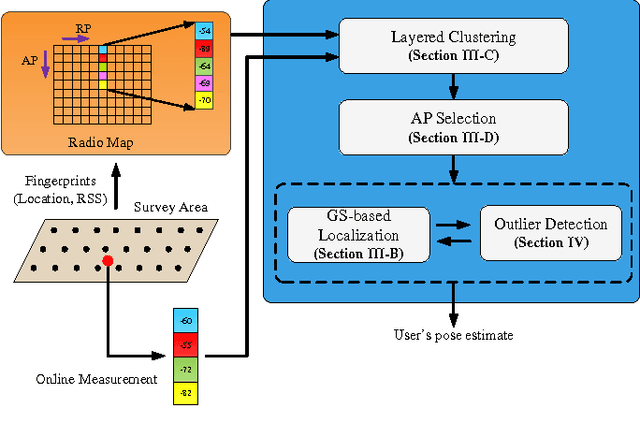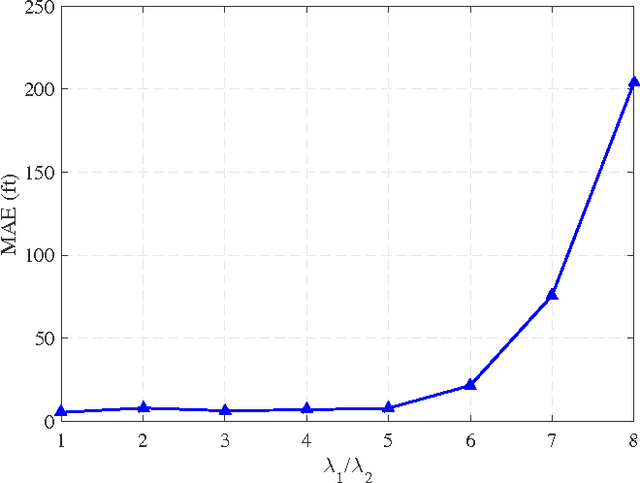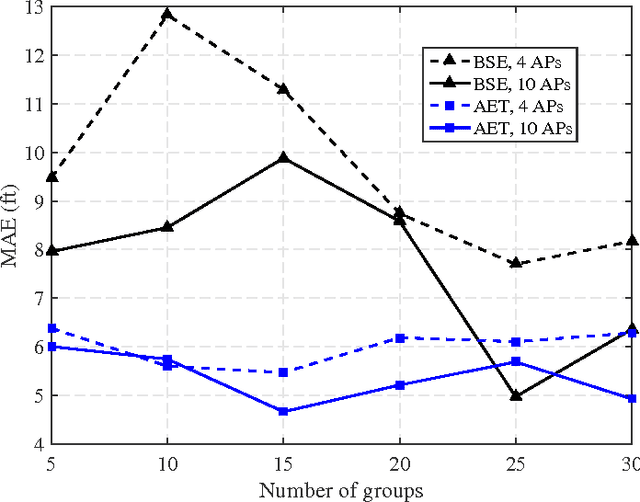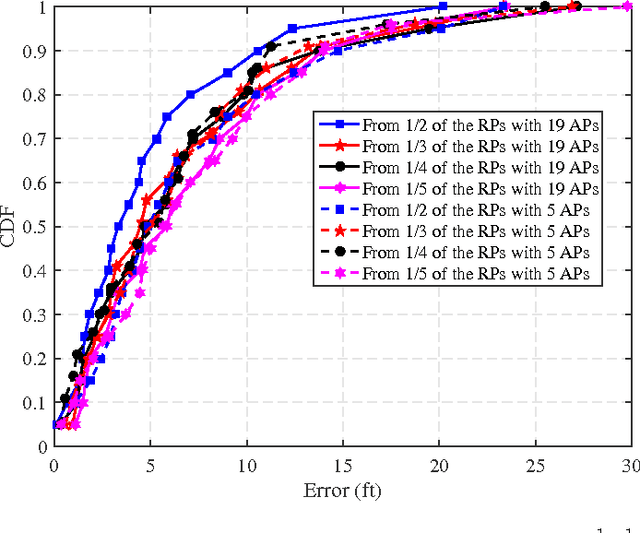Structured Group Sparsity: A Novel Indoor WLAN Localization, Outlier Detection, and Radio Map Interpolation Scheme
Paper and Code
Oct 18, 2016



This paper introduces novel schemes for indoor localization, outlier detection, and radio map interpolation using Wireless Local Area Networks (WLANs). The localization method consists of a novel multicomponent optimization technique that minimizes the squared $\ell_{2}$-norm of the residuals between the radio map and the online Received Signal Strength (RSS) measurements, the $\ell_{1}$-norm of the user's location vector, and weighted $\ell_{2}$-norms of layered groups of Reference Points (RPs). RPs are grouped using a new criterion based on the similarity between the so-called Access Point (AP) coverage vectors. In addition, since AP readings are prone to containing inordinate readings, called outliers, an augmented optimization problem is proposed to detect the outliers and localize the user with cleaned online measurements. Moreover, a novel scheme to record fingerprints from a smaller number of RPs and estimate the radio map at RPs without recorded fingerprints is developed using sparse recovery techniques. All localization schemes are tested on RSS fingerprints collected from a real environment. The overall scheme has comparable complexity with competing approaches, while it performs with high accuracy under a small number of APs and finer granularity of RPs.
 Add to Chrome
Add to Chrome Add to Firefox
Add to Firefox Add to Edge
Add to Edge